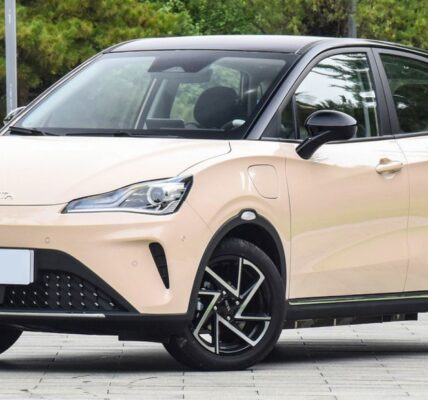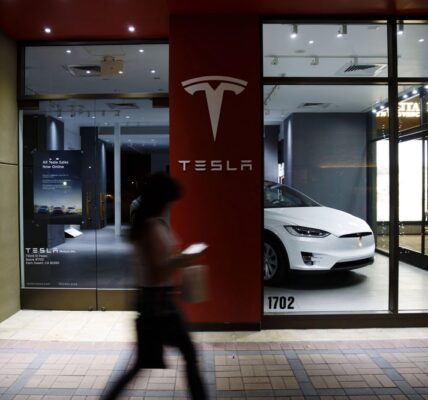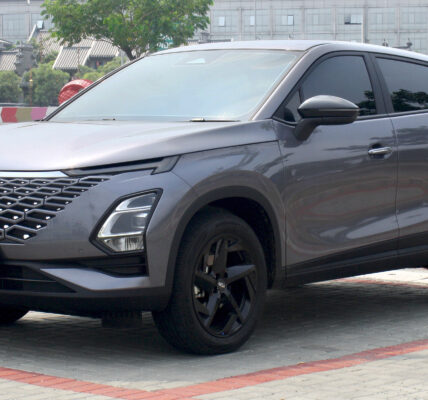The Biden administration continues to foist electric vehicles on the American public. While most Americans can’t afford to make the switch, China is set to make out like a bandit.
Since their inception, EVs have been a luxury item for elites. They are likely to be seen driving up and down the Acela corridor, but much less common outside the coasts. The cheapest Tesla, the largest and most well-known electric carmaker, is around $40,000, or close to the average annual middle class salary in many states.
While the market has diversified in recent years, the average monthly car payment for an EV still comes out to $691, according to Bloomberg. Given that financial advisors recommend spending less than 10% of net income on a car payment, the typical EV owner should earn over $7,000 a month. That puts EVs firmly out of reach for most working Americans.
The Biden administration ostensibly aims to change this. Last month, the White House released a statement explaining their push for “private and public sector investments for affordable electric vehicles.” The push is part of the plan to have “50 percent of all new vehicle sales be electric by 2030.” A major plank is to spur the domestic manufacture of EV batteries, by far the most expensive component of the cars. But is this a feasible goal or just more social media posturing from an administration hellbent on imposing its climate ideology at any cost?
The latter appears much more likely. Even Axios had to impose a “reality check” on this delusional agenda. The US will not be able to do much to bring down the cost of EV batteries on its own because most of the raw materials come from China.
EVs use lithium-ion batteries which require the key rare earth materials cobalt, nickel, graphite, and lithium to produce. However, China has a major share of the rare earth market, with 60% of global production and 85% of processing capacity, according to The Brookings Institution.
Axios reported that China possesses the world’s largest natural graphite resources, and is the only country mining it in large quantities. Seventy percent of all cobalt comes from the Democratic Republic of the Congo and is mostly controlled by China. Last year, China made major gains in lithium production as well, increasing its total share of global supply from 24% to 32%. China is expected to increase its control over these materials in the future.
As the Institute for Energy Research put it, “U.S. policies to ‘go green’ with renewable energy sources and electric vehicles are in fact, ‘going red,’ as in handing over power to the Chinese Communist Party. An energy policy based upon principles of the Green New Deal is a policy of guaranteeing overwhelming dependence for our energy on China. China’s control over these energy sources is much greater than the control OPEC ever exercised over world oil production.”
While the US has some domestic supply of these materials, the domestic mining capacity is woefully underdeveloped. The average mining project takes 16.5 years from discovery to first production. Even if the administration ramped up incentives for mine development, it would still take far too long to expand production in time to meet the 2030 goal. Yet the administration is actually hampering the mine development its own goals require.
As EJ Antoni, fellow for regional economics at the Heritage Foundation put it, “Even if Biden managed a 500% increase in EV sales by the end of the decade, he’d still fall woefully short of his goal. The only conceivable way to make half of new vehicle sales EVs by 2030 would be if Americans were so poor that they could afford few new cars, and thus the small number of electric vehicles still could amount to half of all new vehicles. That’s right out of Mao’s Great Leap Forward.”







